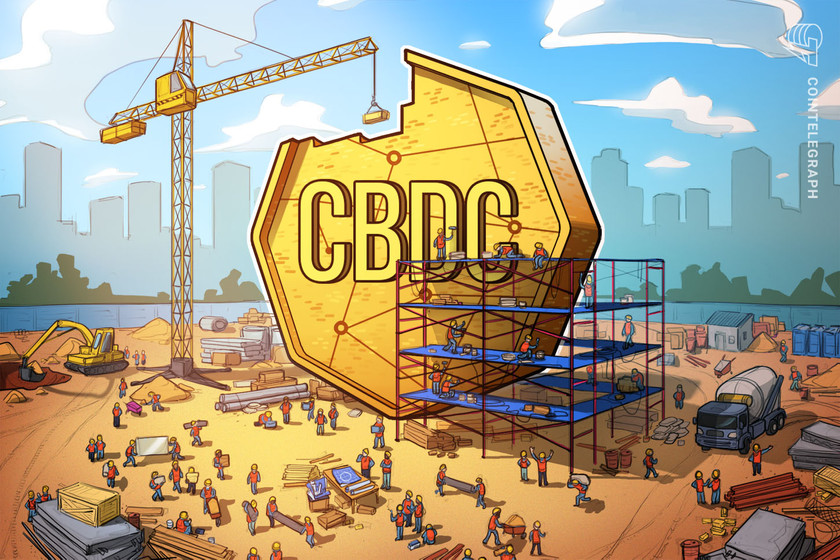How the COVID-19 Pandemic Will Propel Humanity 20 Years Ahead in Tech
If you’re familiar with medieval history, you’ll know that the plague epidemic eventually led to the liberalization of European politics and, ultimately, to the Renaissance. After the Black Death killed more than 20 million people — over a third of the European population at the time — labor became scarce and landlords were forced to pay higher wages while giving more power and rights to laborers. That set the stage for the political changes that recognized the value of an individual and his craft skills. This shift in social norms led to the Renaissance tradition of nobility sponsoring arts and sciences.
Despite the massive death toll, the Black Death essentially forced European nobility to evolve, giving more power to their subjects and setting civilization on a path to greater prosperity for all. Incidentally, we might be looking at the same outcome as a result of the COVID-19 pandemic. Despite all the pain and suffering that this crisis has caused, there may yet be a silver lining we can expect to see out of this ordeal that was forced upon the whole planet.
In the ordinary course of events, large, positive and impactful technological shifts happen every 15 to 20 years on average. They are driven not so much by the speed of technological evolution (considering tech’s breakneck speeds this century) but by generational changes.
The world’s first email was sent in 1969, yet it only became a widespread business tool by the mid-to-late-1990s. Douglas Engelbart’s first practical demo of the computer mouse in 1968 is now a legendary landmark in tech history, yet it took the usual 20 years to become mainstream.
The main reason is that the established generation (read: older), sets all the business policies for their companies and organizations, and usually sets them around tools and processes they are familiar with. Tech progress happens when the “old guard” starts to retire, thus opening up decision-making positions for the new generation that has grown up with the tech previous generations had to get used to.
The workplace toolsets are selected, not by efficiency, but simply by familiarity and having the support of a critical mass of users and industry peers familiar with the same common patterns of conducting day-to-day operations. Unless forced to, people prefer to use tools that are “good enough.”
Real change only happens when the demographics inside an organization change with the passage of time. The stories of millennials trying to change companies from within and running into a stonewall of resistance to new technological toolsets has become a comedy show cliche at this point. After the millennials will come Gen Z to replace the “email generation” with instant messaging.
Related: Crypto Could Save Millennials From the Economy That Failed Them
In a pattern similar to medieval Europe, COVID-19 is effectively forcing the “old nobility” of the office to unexpectedly and rapidly learn, deploy and train their teams with cutting-edge online tools that, until recently, were mostly isolated to the high-tech campuses of Silicon Valley. Slack, Zoom, all the software within the Apple and Google ecosystems and myriad other online productivity apps have kept the planet running in the middle of this shelter-in-place pandemic. That forced a stark choice for any business owner in any country: Embrace the shift to online-first workflows or, most likely, go out of business.
The impact of the technological shift
Once executives around the world realize that their employees can not only work in online-first environments but are thriving and being even more productive, with greater opportunities for collaboration with their peers, they will embrace this “new” way of doing business. That, in turn, will unlock many benefits of scale and productivity that were unimaginable in the previous decades. The key driver of change will be that, now, every vendor or business partner can be assumed an online-first operator, and dozens and hundreds of legacy barriers will disappear practically overnight. Essentially, every business on the planet not only can, but will run like a Silicon Valley startup.
Imagine, instead of attending five conferences a year, we can attend and collaborate at 50 virtual conferences while being more efficient with our time, given the removal of all that unnecessary travel.
Imagine, if instead of a few business development conversations in a given quarter, we are able to do one hundred, now that the vast majority of our peers are in the same Slack or Telegram groups.
Imagine that instead of a few dozen local restaurants, we will now have the choice to order from thousands. Online-only cloud restaurants are popping up with no dining rooms and no wait staff — just a kitchen that offers the perfect streamlined experience for any and all options of online delivery. There can be as many online chefs for us to choose from as there are book authors on Amazon.
Imagine if every knowledge worker job transitions to a decentralized 24/7 marketplace. Starting a new fully staffed company can be as simple as writing a few lines of online script.
Crypto and distributed ledger technology
What about our favorite vertical — crypto and blockchain? In a somewhat ironic twist, by not receiving an immediate benefit, crypto technology might end up being the biggest winner in the long run. The core value proposition of crypto is providing mathematically enforced trust between complete strangers.
Blockchain was designed to build applications that leverage that trust function, and since new networks will require encoding value as to who contributed what, when and how, there is a sweet spot for new blockchain apps not controlled by the network vendor.
A well-known rule of networking is that the value and complexity of any network grows in proportion to the squared number of its members. The unintentional consequence of this pandemic crisis is that most of the world’s population now will be enlisted in every online network and productivity toolchain created by Silicon Valley in the past decade. Unlike Facebook, these new networks will be focused on productivity and value creation rather than just wasting time watching the feed. The value of these networks will increase in astronomical proportions over the next few years. To digitize that cornucopia of value is where blockchains, cryptotech and tokens might find the perfect product-market fit that we’ve been waiting for for the past decade. They will be the critical technological glue that will bind all the new participants in all the new ecosystems into one common system of highly liquid, interchangeable value.
We’ve effectively jumped 20 years into the future of tech adoption, something historians might later call a “2020 tech jump.” As a result, we’ll see unprecedented products, services and quality-of-life improvements on top of a truly massive increase of productivity around the planet once we recover from the immediate medical emergency brought on by COVID-19.
The views, thoughts and opinions expressed here are the author’s alone and do not necessarily reflect or represent the views and opinions of Cointelegraph.
Max Skibinsky is the co-founder and CEO of Vault12. Most recently, Max was an investment partner with Andreessen Horowitz, where he focused on enterprise security and Bitcoin.







